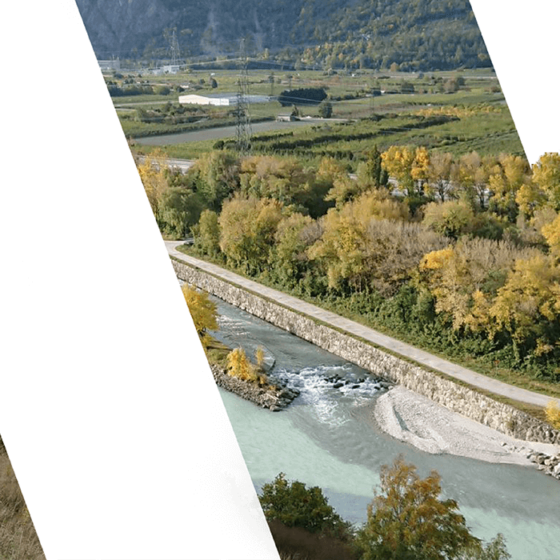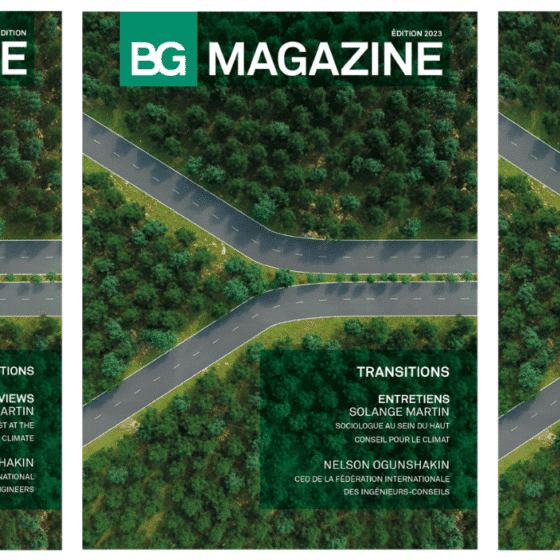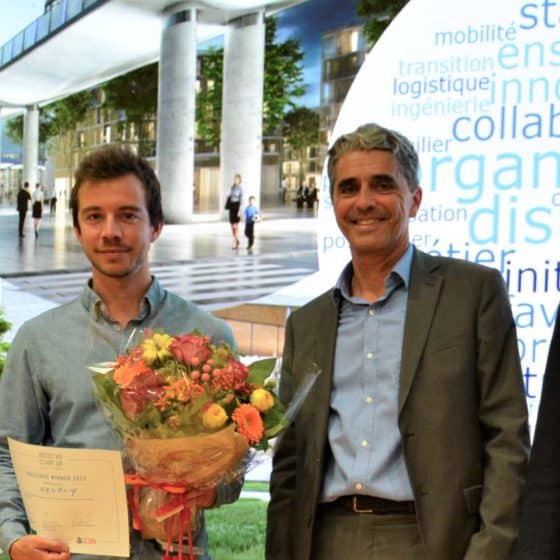Reuse of excavated materials: an alternative to final disposal
We should stop considering excavated materials from large-scale underground excavation projects as waste and start viewing them as a natural resource. Properly managed, such materials can be recycled within the projects from which they originate, or even on other projects. Whether on large projects such as the Lötschberg base tunnel or the Lyon-Turin tunnel under construction, or on smaller projects like the Siaix safety tunnel in Savoy, BG helps its clients optimise the reuse of materials extracted during the excavation of underground structures, throughout the design and construction phases.
Large-scale underground worksites, such as underground lines or tunnels, are a major feature of urban and transport development projects. Although they have little impact on the surface, these works generate large quantities of excavated materials. Final disposal of such materials, which used to be the standard solution, is now no longer appropriate. National and European environmental legislation now stipulate that materials from underground works must be reused as far as possible. BG has been a driving force in many projects and has proved their skill in managing these materials and ensuring their reuse.
Diversified reuse of materials
“Not all materials extracted from the ground can be used,” says Nathalie Monin, Head of the Large Scale Projects France unit within the Infrastructure and Transport Domain. A doctor of geology, she is working with her team to find as many different reuses as possible for the excavated materials. “We seek to optimise excavated materials by considering them as a mineral resource and transforming them into materials to be reused within the project itself or for other development projects.” Such reuse depends on the physical and chemical properties of the excavated materials, which can be transformed into materials for backfill or concrete aggregates, which have been used to line tunnels, for example. “Rather than going to quarries to collect materials, we try to reuse what is extracted on site.” This approach helps minimise transport and storage issues. Other optimisation methods, such as the filling of quarries or land development, can also be envisaged depending on activities in the area where the site is located.
Financial benefit and client acceptance
With this goal of reusing excavated materials, BG can help its clients optimise the use of excavated materials, not only in terms of their properties, which determine how they can be reused, but also in terms of work planning. It becomes possible to adjust the production/needs balance of the projects in which they can be used, and hence the logistical flows. BG also assists its clients in developing the contractual mechanisms that are essential to ensure the successful reuse of materials during the construction phase. For example, with the Lyon-Turin base tunnel, between 40% and 50% of the materials generated by excavation are expected to be reused within the project itself, a quarter as aggregate for concrete and the rest as backfill for surface works. In a mountainous setting, with no quarries or cement works nearby, this drastically reduces transport and significantly improves the carbon footprint.
To maximise the potential use of excavated materials, the possibilities of reusing them need to be studied at an early stage in any project, in particular to ensure that materials production schedules match needs for processed materials. As Nathalie Monin points out, “if this is not done, the site’s environmental impact will be much greater, particularly in terms of transport. The more expensive solution of disposal to landfill sites, sometimes near unspoilt natural environments, then becomes the norm, but this option is increasingly contested by local inhabitants.”
(Article taken from BG Magazine 2022, updated version on the site)









